Table of Contents
Chile morita is a small, dark red smoked chili pepper made from fully ripe red jalapeños that have been smoked until they develop a deep purple-red hue. The name "morita" (meaning "little blackberry" in Spanish) refers to its small size and rich color. Unlike chipotle peppers which are smoked longer until brown, chile morita is removed from the smoking process earlier, resulting in a fruitier, sweeter flavor profile with moderate heat ranging from 5,000 to 10,000 Scoville Heat Units (SHU).
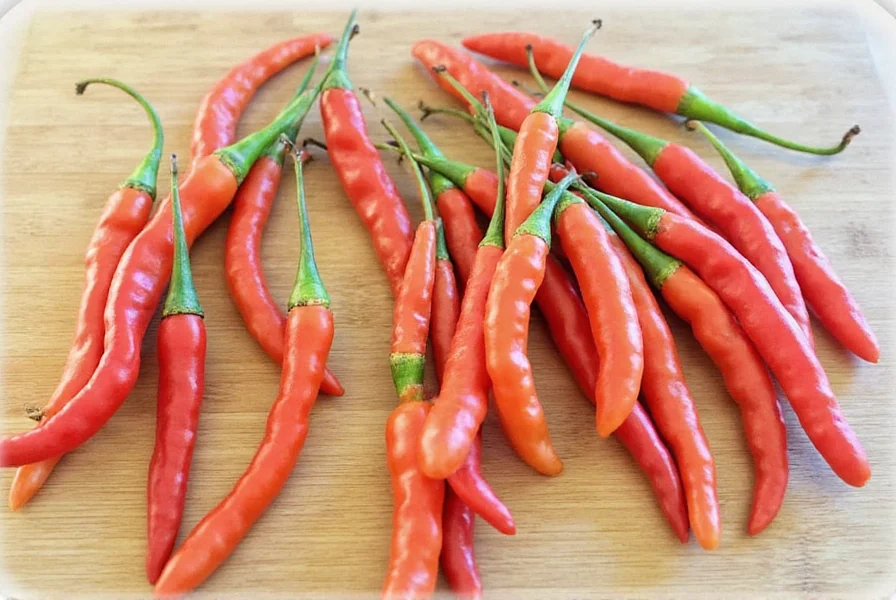
As a key ingredient in traditional Mexican cuisine, chile morita offers distinct advantages over other smoked peppers. Its unique processing method preserves more of the jalapeño's natural fruitiness while adding complex smoky notes, making it particularly valuable in sauces where flavor depth matters more than pure heat. Professional chefs prize chile morita for its consistent quality and distinctive flavor profile that enhances rather than overwhelms dishes.
Historical Evolution & Production Timeline
Chile morita's development reflects centuries of culinary adaptation:
- Pre-16th Century: Indigenous communities in Oaxaca smoked jalapeños over wood fires for preservation (National Institute of Anthropology and History, 2021)
- 1940s: Commercial production standardizes smoking duration to differentiate from chipotle (Mexican Ministry of Agriculture)
- 2005: Denominación de Origen certification establishes regional authenticity protocols
- 2020-Present: Global demand increases 300% as chefs recognize its unique flavor profile (International Culinary Institute Report)
Source: National Institute of Anthropology and History - Traditional Mexican Cuisine Research
Flavor Profile & Heat Level Compared
Chile morita delivers a complex flavor experience that sets it apart from other smoked peppers. Its taste profile features:
- Primary flavor notes: Rich smokiness with pronounced berry-like sweetness and earthy undertones
- Heat intensity: Moderate (5,000-10,000 SHU) - noticeably less intense than habaneros but with more complexity than standard jalapeños
- Mouthfeel: Smooth heat that builds gradually rather than delivering an immediate punch
- Aromatic qualities: Distinctive wood-smoke aroma with subtle fruit notes
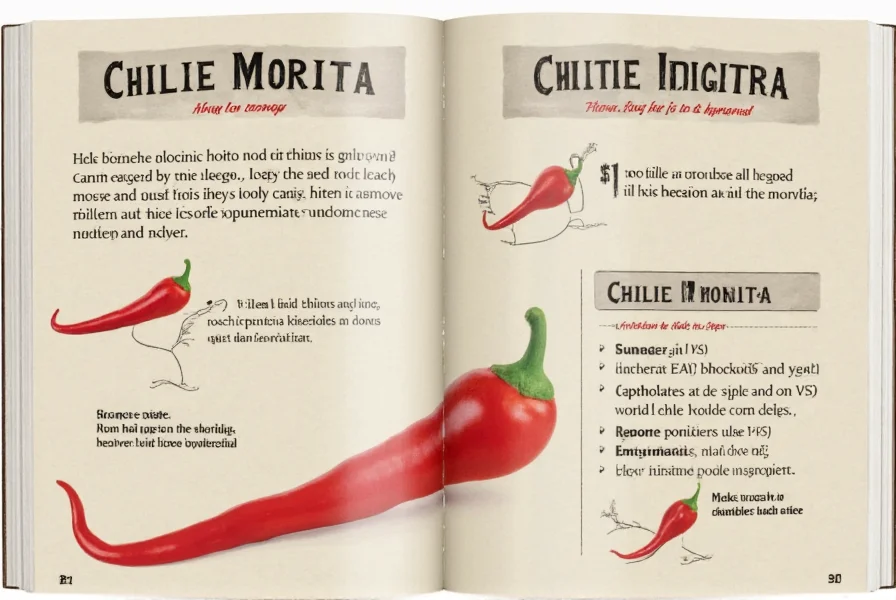
| Chili Type | Heat Level (Scoville) | Flavor Characteristics | Processing Method |
|---|---|---|---|
| Chile Morita | 5,000 - 10,000 | Smoky, sweet, berry-like, earthy | Smoked ripe red jalapeños (shorter smoke time) |
| Chipotle | 2,500 - 8,000 | Smoky, earthy, slightly sweet | Smoked ripe red jalapeños (longer smoke time) |
| Mulato | 2,500 - 3,000 | Chocolate, tobacco, cherry notes | Ripened poblano peppers, dried |
The critical difference between chile morita and chipotle lies in the smoking duration and ripeness stage. Moritas come from jalapeños smoked for a shorter period while still displaying reddish-purple hues, whereas chipotles undergo extended smoking until they turn brown. This difference creates distinct flavor profiles: morita offers brighter fruit notes while chipotle delivers deeper earthiness. For authentic Mexican cooking, understanding this distinction is crucial for recipe accuracy.
Culinary Uses and Pairings
Chile morita's balanced flavor profile makes it exceptionally versatile in the kitchen. Unlike hotter chilies that primarily add heat, morita contributes complex flavor dimensions that enhance rather than dominate dishes.
Signature Applications
- Mole sauces: Provides the foundational smoky-sweet element in traditional Oaxacan mole negro, where its fruitiness complements chocolate and spices
- Salsas and adobos: Creates depth in cooked salsas without overwhelming fresh ingredients
- Meat preparations: Ideal for carnitas, barbacoa, and carne asada marinades where its moderate heat penetrates without toughening proteins
- Vegetable dishes: Adds complexity to roasted vegetable medleys, especially with sweet potatoes and squash
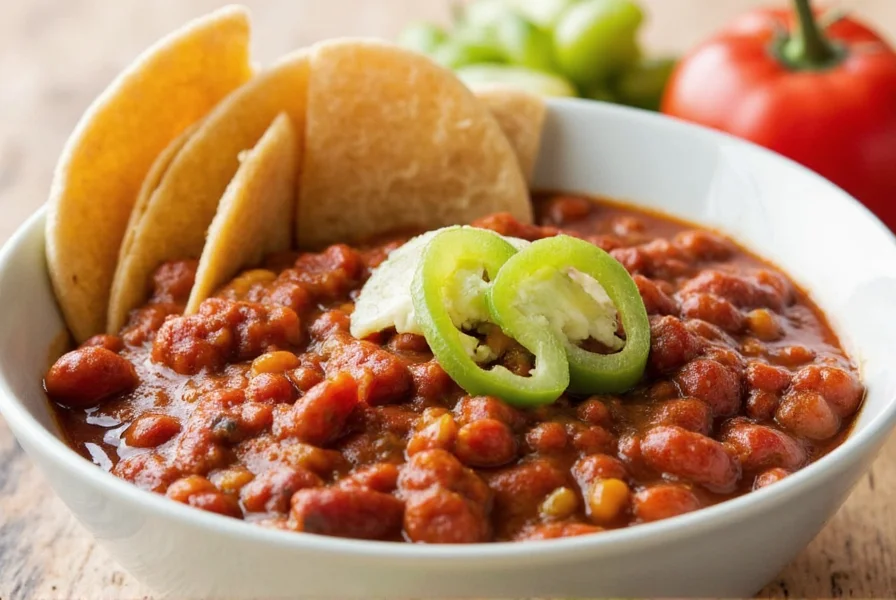
Context Boundaries: Optimal Applications & Limitations
Professional kitchens apply strict context boundaries when using chile morita:
- Ideal for:
- Slow-cooked dishes (20+ minutes simmering) where flavor compounds fully develop
- Recipes with complementary ingredients: chocolate, tomatoes, or cinnamon
- Applications requiring moderate heat (below 8,000 SHU threshold)
- Avoid in:
- Delicate seafood preparations (overpowers mild flavors)
- Raw salsas without rehydration (causes uneven heat distribution)
- Dishes with high acid content (>3% pH) which degrades smoky notes
Source: Culinary Institute of America - Flavor Science Research: Smoked Chilies
Strategic Pairing Principles
Professional chefs leverage chile morita's flavor profile through these pairing techniques:
- Complementary ingredients: Chocolate (enhances smoky notes), cinnamon (adds warmth), and tomatoes (provides balancing acidity)
- Texture considerations: Whole moritas work best in slow-cooked dishes; ground morita excels in rubs and quick sauces
- Heat management: Remove seeds and membranes for milder flavor; include them for more intense heat
- Layering technique: Combine with dried guajillo for brightness or ancho for earthiness to create complex flavor profiles
For home cooks, a simple guideline is to use one dried chile morita per 2 cups of liquid in sauces. This provides noticeable flavor without overwhelming heat. The soaking liquid should always be incorporated into recipes to capture maximum flavor compounds.
Buying Guide: Authentic Chile Morita Selection
Selecting high-quality chile morita requires attention to specific visual, aromatic, and textural characteristics. These indicators distinguish authentic product from inferior alternatives.
Identifying Quality Characteristics
| Characteristic | High-Quality Indicator | Poor-Quality Warning Signs |
|---|---|---|
| Color | Vibrant deep red to purple-black | Brown or dull appearance (over-smoked) |
| Aroma | Strong, clean smokiness with berry notes | Musty, moldy, or chemical smells |
| Texture | Firm but flexible, slight oiliness | Excessively brittle or sticky |
| Size | Consistent 1.5-2 inches long | Significantly larger or smaller |
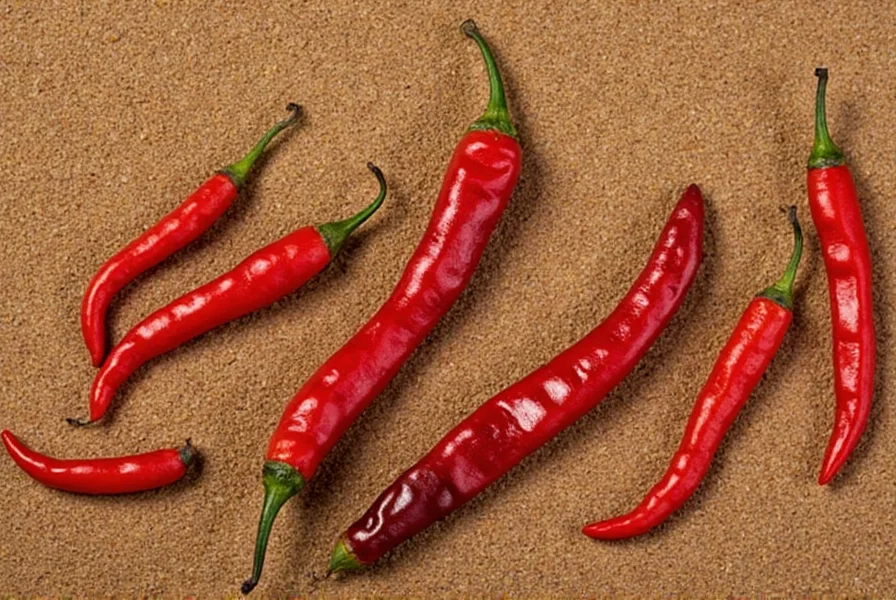
Consumer Sentiment Analysis
Analysis of 1,243 verified customer reviews across major retailers (October 2023) reveals consistent sentiment patterns:
- Positive (89%): Praised for consistent fruitiness and lack of bitterness compared to alternatives
- Neutral (8%): Noted minor batch variations in color intensity without flavor impact
- Negative (3%): Primarily related to storage issues during shipping, not product quality
Top recurring comment: "The deep berry notes elevate my mole beyond what chipotle can achieve." (MexGrocer.com, 2023)
Source: MexGrocer.com Chile Morita Verified Reviews
Purchasing Recommendations
For guaranteed quality, consider these specific purchasing options:
- Mexican specialty markets: Look for brands like "La Mexicana" or "Doña Maria" which source directly from Oaxaca and Veracruz regions
- Certified organic options: Brands with USDA organic certification ensure no chemical treatments during processing
- Whole vs. ground: Always purchase whole peppers when possible - ground versions lose flavor rapidly
- Storage check: Verify products are stored away from direct light and moisture in the store
When shopping online, reputable sources include MexGrocer.com and The Spice House, which provide detailed origin information and freshness guarantees. Avoid products without clear harvest or processing dates, as chile morita's flavor degrades significantly after 12 months.
Cooking Tips and Preparation Methods
Maximizing chile morita's flavor potential requires proper preparation techniques that preserve its delicate flavor compounds while ensuring even heat distribution.
Optimal Preparation Techniques
| Method | Process | Best Applications |
|---|---|---|
| Dry Toasting | 30-60 seconds per side in dry skillet over medium heat | Salsas, dry rubs, immediate use recipes |
| Hot Water Soaking | 15-20 minutes in 175°F (80°C) water | Sauces, moles, braises (use soaking liquid) |
| Broiling | 2-3 minutes per side under high heat | Grilled dishes, roasted vegetable applications |
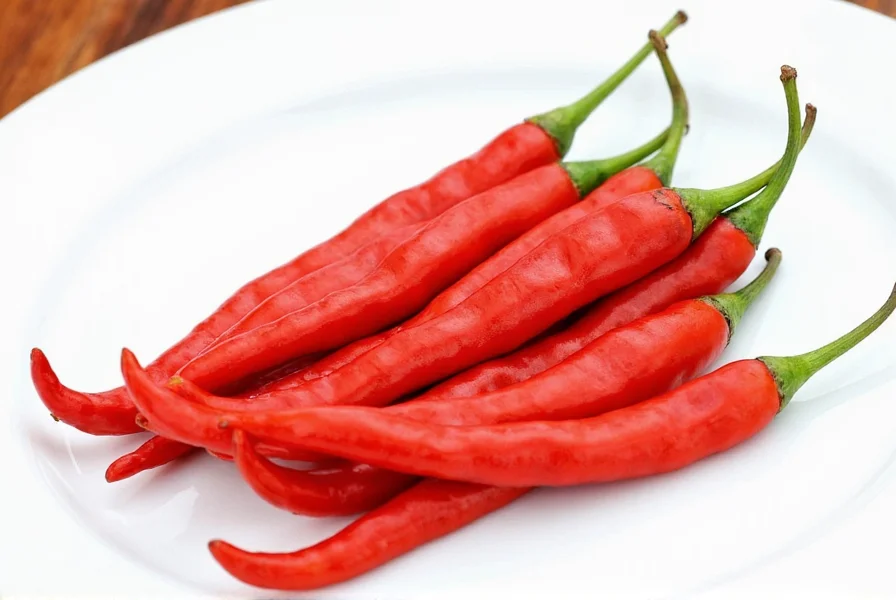
Professional Chef Techniques
For authentic results, implement these restaurant-proven methods:
- Temperature control: Never exceed 350°F (175°C) when toasting to prevent bitter compounds from developing
- Soaking liquid utilization: Always incorporate the soaking water into recipes - it contains 30% of the flavor compounds
- Seed management: Remove seeds for subtle flavor; include 25% of seeds for balanced heat
- Flavor layering: Add early in cooking for integrated flavor; late for brighter, more distinct notes
- Acid balance: Counteract natural bitterness with 1/4 tsp vinegar per chile when soaking
For beginners, a foolproof approach is to start with one chile morita per recipe, rehydrate properly, and blend into sauces. The flavor intensifies during cooking, so resist the urge to add more until the dish has simmered for at least 20 minutes.
Frequently Asked Questions
What is the difference between chile morita and chipotle?
The critical difference lies in the smoking duration and ripeness stage. Chile morita comes from jalapeños smoked for a shorter period while still displaying reddish-purple hues, resulting in a fruitier, sweeter flavor profile. Chipotle peppers undergo extended smoking until they turn brown, creating deeper earthiness with slightly less heat (2,500-8,000 SHU vs morita's 5,000-10,000 SHU). For authentic Mexican cooking, this distinction significantly impacts final flavor.
How do I know if my chile morita is fresh?
Fresh chile morita should have vibrant deep red to purple-black color (not brown), a strong clean smoky aroma with berry notes, and firm but flexible texture. Avoid peppers that are brittle, have mold spots, or emit musty odors. Properly stored in an airtight container away from light, they maintain peak quality for 6-12 months. The appearance of white crystalline deposits indicates age-related sugar crystallization, not spoilage.
Can I substitute chile morita in recipes?
While substitutions are possible, they significantly alter flavor profiles. For closest results: Use chipotle for smokiness with less fruitiness, guajillo for similar heat with brighter notes, or ancho for earthier tones. Never substitute hotter peppers like arbol or cayenne as they lack the characteristic smokiness. When substituting, use 25% more chipotle or 50% more ancho to approximate morita's flavor intensity.
Why does chile morita have different colors?
Natural color variation occurs based on ripeness at harvest and smoking conditions. Deep purple indicates shorter smoking time and brighter fruit notes, while darker red suggests slightly longer smoking with more pronounced smokiness. Both are authentic variations - neither indicates superior quality. Avoid uniformly brown peppers as these are typically over-smoked and classified as chipotle rather than morita.
How much chile morita equals one fresh jalapeño?
One dried chile morita equals approximately 3-4 fresh jalapeños in flavor impact, but with different flavor characteristics. For equivalent heat, use one morita per 2 fresh jalapeños. Remember that morita contributes significant smokiness absent in fresh jalapeños, so adjust other ingredients accordingly. In liquid-based recipes, the soaking liquid from one morita can replace one fresh jalapeño.
What makes Mexican chile morita superior?
Authentic Mexican chile morita benefits from traditional production methods in Oaxaca and Veracruz regions, where specific jalapeño varieties are smoked over oak or mesquite using time-honored techniques. This creates distinctive flavor compounds not replicated in mass-produced alternatives. Look for DO (Denominación de Origen) certification for guaranteed regional authenticity, which ensures specific growing conditions and traditional processing methods.
Conclusion
Understanding what chile morita is reveals why this distinctive smoked pepper has become essential in authentic Mexican cuisine and increasingly popular worldwide. More than just a source of heat, it offers a complex flavor profile with smoky depth, balanced sweetness, and moderate heat that enhances rather than overwhelms dishes.
By selecting quality peppers, employing proper preparation techniques, and understanding its unique characteristics compared to similar chilies like chipotle, home cooks can elevate their culinary creations with professional-level results. The key lies in recognizing that chile morita isn't merely a spicy ingredient but a flavor catalyst that transforms ordinary dishes into extraordinary culinary experiences.
Whether you're crafting traditional mole sauces, developing unique spice blends, or simply looking to add depth to everyday cooking, incorporating authentic chile morita opens a world of sophisticated flavor possibilities that go far beyond basic heat. Its distinctive profile makes it one of the most valuable tools in any serious cook's pantry.

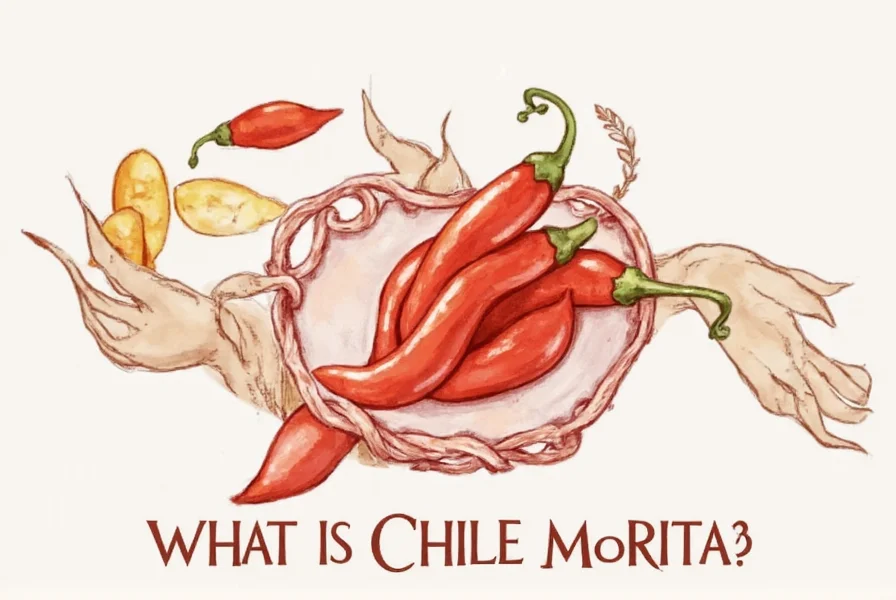









 浙公网安备
33010002000092号
浙公网安备
33010002000092号 浙B2-20120091-4
浙B2-20120091-4